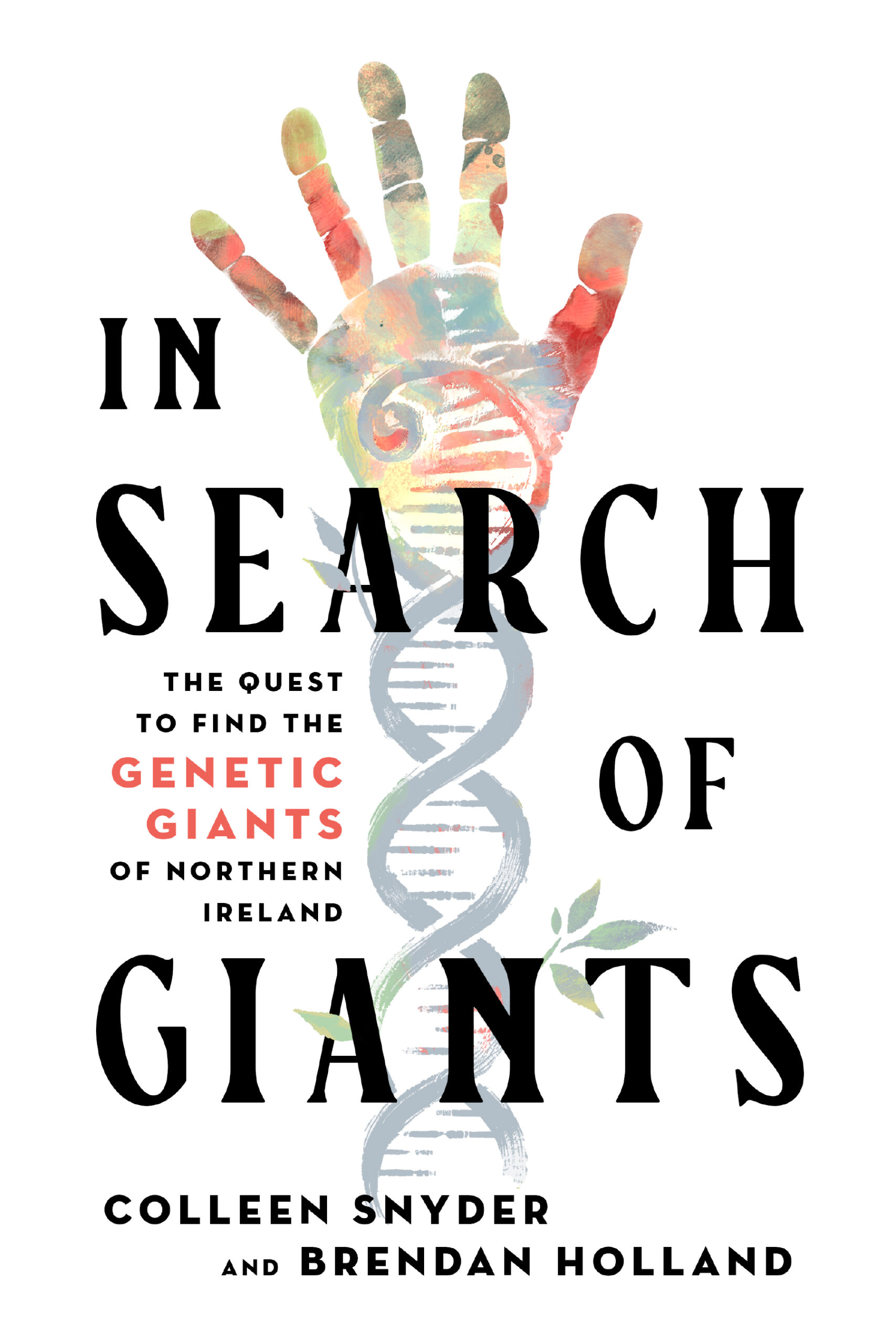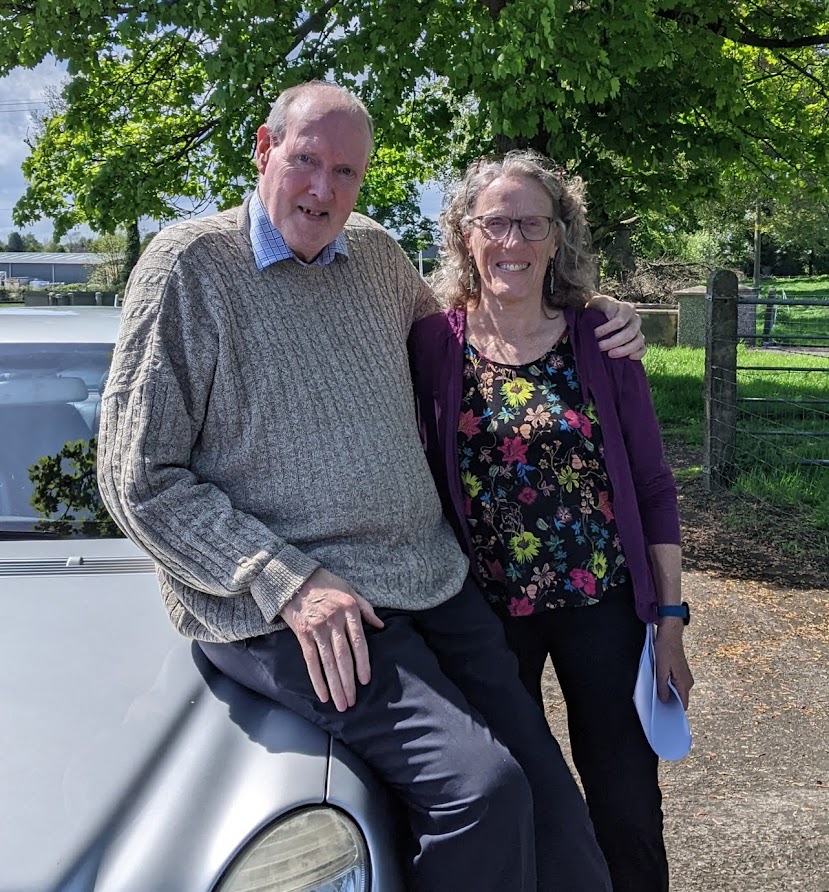In Search of Giants: The Quest to Find the Genetic Giants of Northern Ireland
Embark on an extraordinary journey to discover the science, history, and wonder of genetic gigantism through the stories of those affected by this rare condition and the groundbreaking research that continues to uncover its mysteries.
Book Description: Click here
The Story Behind the Book: Click here
Ordering details:
To order print copies in the U.S. directly from Colleen (signed and mailed) , click here for our online shop.
For the e-book or for online retailers, go to:
Amazon.com for the Hardcover
Amazon.com for the Paperback
Amazon.com for Kindle version
Also available from Waterstones and Barnes and Noble

Any questions about ordering, just email Colleen at colleen@colleensnyder.net
Check out Colleen’s author website at
Colleen Snyder, Linden, Virginia, United States

Colleen Snyder is an Irish American writer and the first person in the U.S. identified with the Northern Ireland variant of the AIP genetic mutation. This book represents a journey of discovery when she meets Brendan, another person who shares her diagnosis of gigantism, and learns about her Irish ancestors who left County Tyrone during the Great Famine in 1861. Her work has appeared in The Washington Post and Destinations magazine. More information about Colleen and her speaking events can be found at her website: www.colleensnyder.net
Brendan Holland, Co. Tyrone, Northern Ireland, United Kingdom

Brendan Holland is an historian who lives in Dungannon, County Tyrone in the center of the geographic hotspot for the AIP genetic mutation in Northern Ireland. This book gives voice to his story about his deep family roots in Mid-Ulster in County Tyrone, his life as a giant in Northern Ireland, and his historical research into local giant lore and legend. Brendan was featured in the 2009 documentary Charles Byrne, the Irish Giant directed by Ronan McCloskey and in the 2016 BBC documentary The Giant Gene. He has been interviewed by the NBC Today Show, BBC Radio 4, Irish Examiner, RTE Radio 1, and the BBC World Service.
The Search Continues….
Get your FREE download of the 27-page e-book Forged by Fire, Shaped by Giants written by Colleen about her trip to the Giant’s Causeway in Northern Ireland by signing up for her newsletter. Come with her as she continues to explore the land of the giants and beyond!

FIPA WEBSITE
Familal isolated pituitary adenoma (FIPA) is a pituitary tumor that is caused by a genetic mutation that runs in a family. The AIP ARG304STOP gene mutation that is found in Northern Ireland is one type of FIPA. For more information about FIPA in general and more detailed information about the AIP mutation found in Northern Ireland, go to the Queen Mary University of London website https://www.qmul.ac.uk/fipa-patients/
CONTACT US
We are committed to reaching out and finding families affected by the AIP genetic mutation. We want to hear your story. You can contact Colleen Snyder at info@insearchofgiants.org or go to her website at www.colleensnyder.net. You can reach Brendan Holland at brendan@promaxequipment.com.
